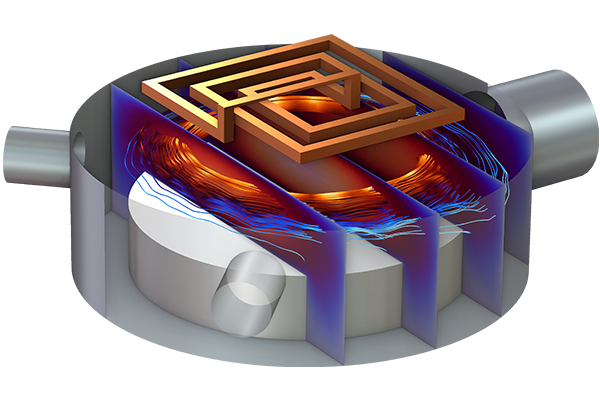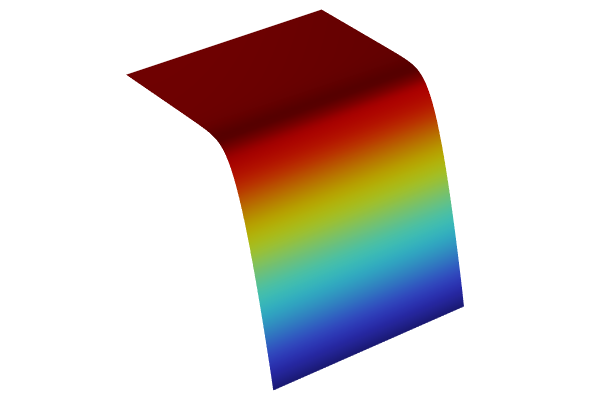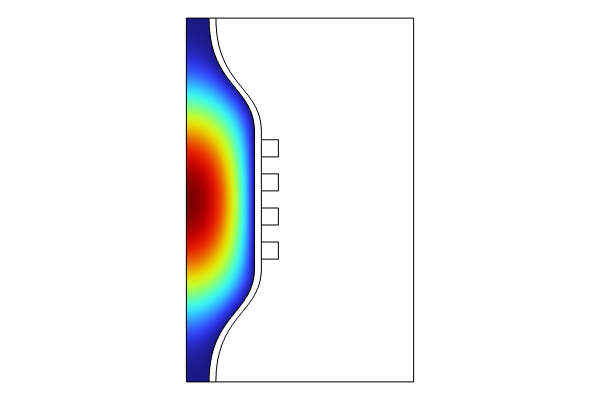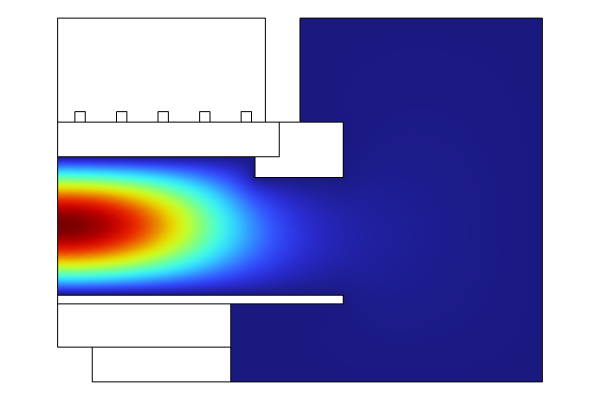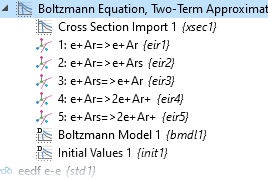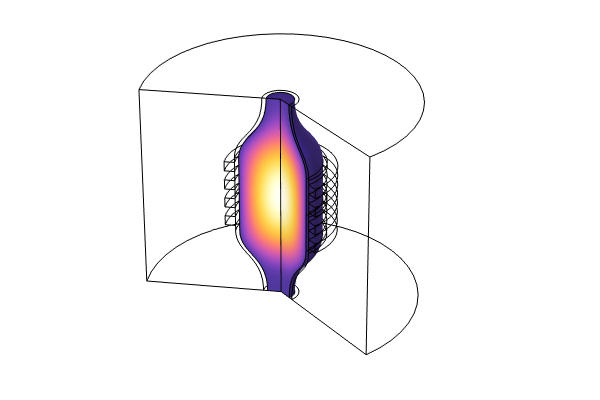Introduction to Modeling Plasma with CFD and Heat Transfer
In this final part of our course on modeling plasma using COMSOL Multiphysics® and the Plasma Module, we talk about how the Plasma interface can be combined with Fluid Flow and Heat Transfer interfaces to model background gas flow and heating as well as simulate heat transfer in the materials surrounding a plasma. In addition, you will get a look at the Plasma interface settings that enable you to calculate thermodynamic properties and how the temperature, material properties of the plasma gas, and heat source of reaction are all computed. We also show how you can account for convection in the Plasma interface.
From there, we discuss how to couple plasma with CFD. For instance:
- Add a Fluid Flow physics interface. Its material properties can be automatically coupled with the Plasma interface.
- Add the appropriate boundary conditions (the Inlet and Outlet boundary conditions) in the Plasma interface as subnodes to the Species nodes.
Similarly, we talk about the typical approach you would use to couple plasma with heat transfer. For instance:
- If you want to compute the temperature of your background gas, add the Heat Transfer in Fluids interface.
- Add a Heat Source domain feature if you want to account for the heat due to reactions — the heat source can automatically be coupled with the Plasma interface.
After this overview, we go over the model setup of the Thermal Plasma tutorial model. We show exactly how the plasma model is coupled with CFD and heat transfer. Following this is a detailed discussion about the Corona Discharge interface and Electrical Breakdown Detection interface, covering what each interface solves for and how. The multiphysics couplings included in the former interface as well as the Cathode boundary condition from the latter interface are also highlighted.
Lastly, we talk about the ion energy distribution function (IEDF) and discuss finding the distribution of ions, using the IEDF in a CCP reactor model as an example.
Further Learning
We encourage you to continue learning about multiphysics couplings by going over our course on defining multiphysics models.
Submit feedback about this page or contact support here.

